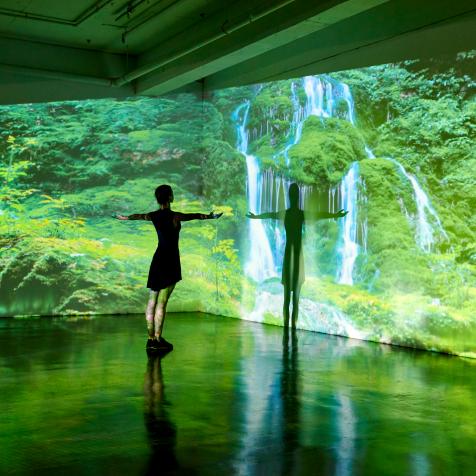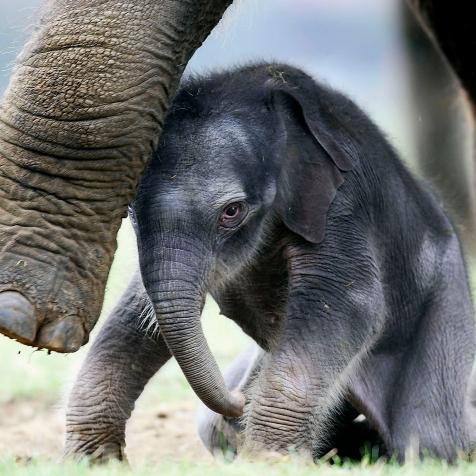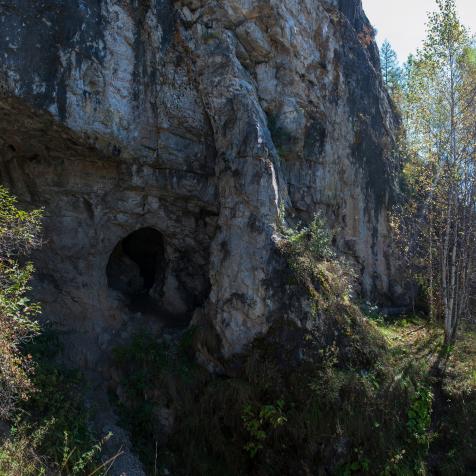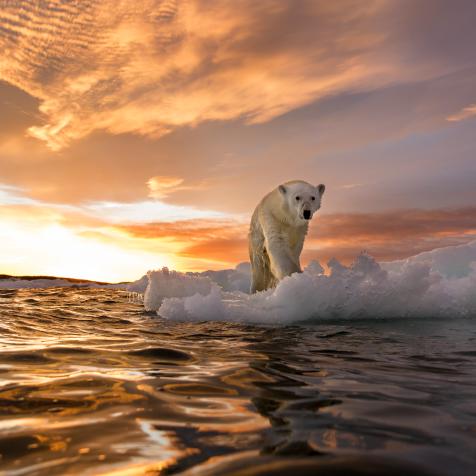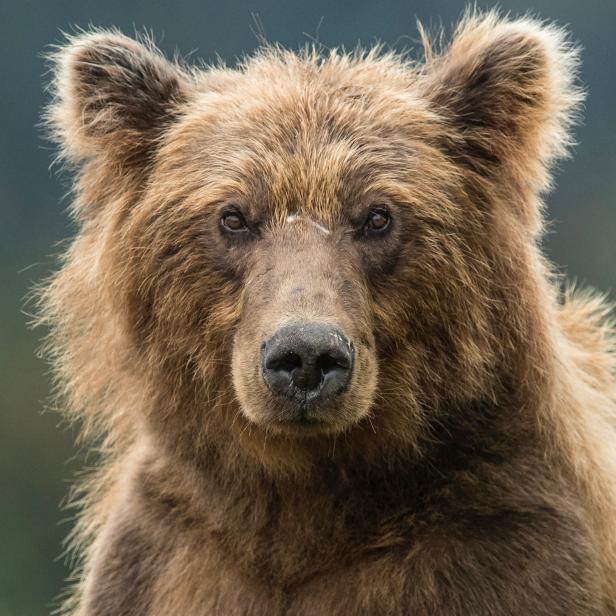
jared lloyd
Facial Recognition for Grizzly Bears
New A.I. technology is allowing scientists to keep track of individual grizzlies over their lifetimes.
Grizzly bears are big, with brown fur, short rounded ears, and a rump higher than their shoulders. While it can be easy to tell a Grizzly apart from other bears, distinguishing grizzlies from each other is a whole other task.
Scientists at the University of Victoria whose research requires them to monitor individual grizzlies were facing this challenge. Melanie Clapham, a wildlife conservationist, and her team created a solution — BearID, a facial recognition software for bears.
Depending on the season, grizzly bears amass and lose a significant amount of weight, changing their appearance drastically throughout their 20–25 year-long lifespans. Clapman began to wonder if she could use artificial intelligence (A.I.) to recognize bears’ faces the same way it does with humans.
Clapham connected with software developers, Ed Miller, and Mary Nguyen, to develop a machine learning algorithm to identify individual bears.
“We thought, machine learning is really great at identifying people, what could it do for bears?” Mr. Miller said to the New York Times.
Because bears don’t have spots or stripes, BearID uses facial characteristics like the distance between a bear’s eyes, nose tip, and forehead to match a bear’s face to its name in the system.
To train the algorithm, the developers used more than 4,000 previously identified bear images to teach the A.I. Then asked the system to spot the differences between the bears. While BearID isn’t perfect yet (it’s accuracy rate is 84%) scientists hope to keep improving the software.
“Learning about individual animals and their life stories can have really positive effects on public engagement and really help with conservation efforts,” says Clapham.
Clapham hopes BearID can help reduce direct intervention between humans and wildlife for a less invasive approach to wildlife monitoring. In the future, scientists could use BearID with camera trap images to track bears’ movements without having to capture and tag them.
In the future, Clapham and her team hope to expand BearID to other animals like sloths, sun bears, caribou, and even wolves.









